The works hold a simple beauty but underneath the surface lies an unease with man-made structures looming in either the background or foreground, the message is subtle and unfolds slowly as you are absorbed into the carefully balanced colours of Ballen's works. We chatted to the artist to find out more about the work.
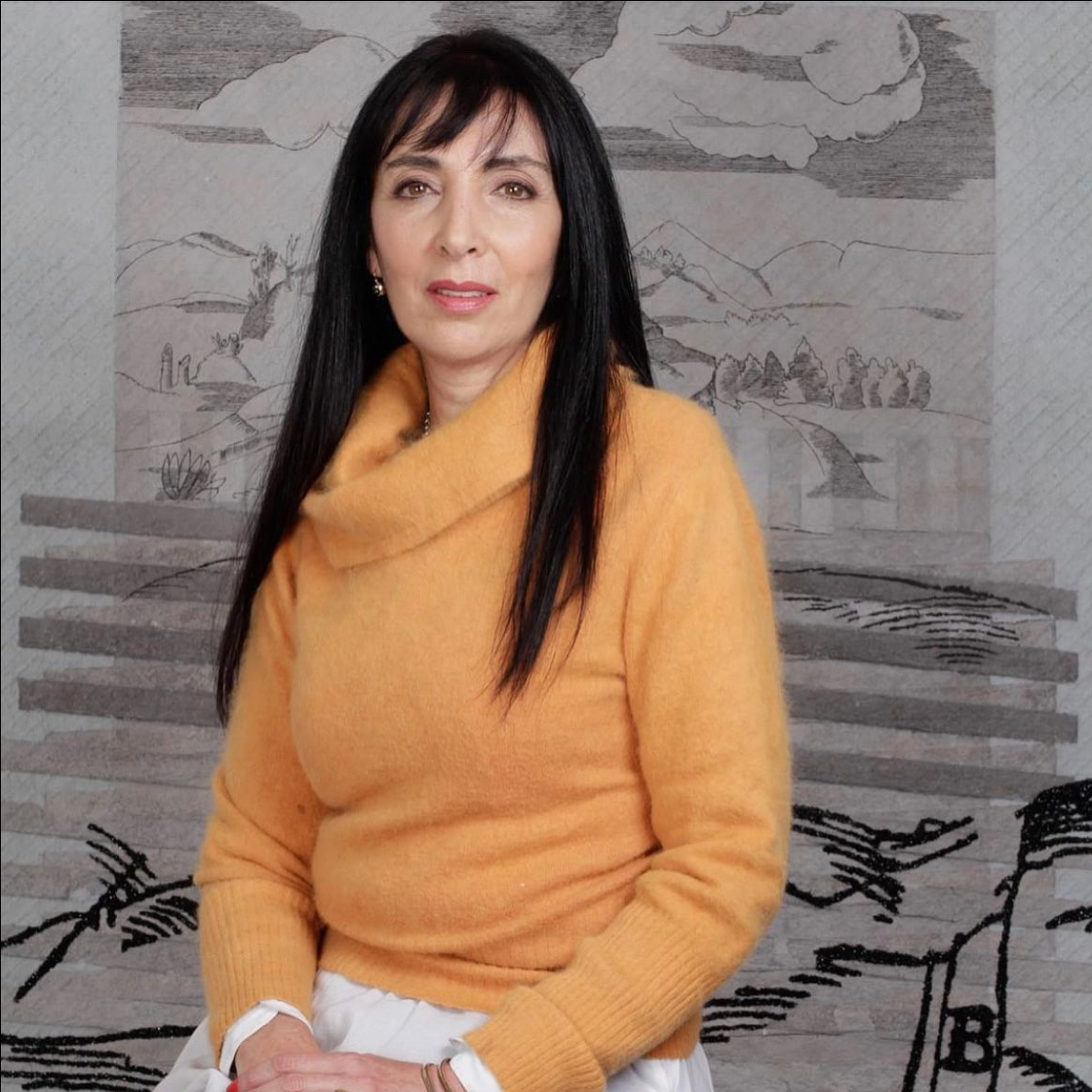
Where did you learn the techniques you use in your work, in particular making paper that reflects the textile tradition?
It started when I was doing my Masters in New York. My husband, Roger, was doing mining work in Colorado and while staying with him I did a paper making course there. At the same time there was a breakdown occuring between crafts and arts and that prompted me to integrate handmade paper into my first exhibition with Goodman Gallery in 1985. So initially it was learned but the aspect which makes them unique is the woven grid in the paper and that was found through individual experimentation.
'The biggest thing with working with David Krut as opposed to another art gallery is that there's a constant engagement with the process of art making and the focus is as much on this as the end product. It's always refreshing working with them as a result of this skills exchange.'
Can you tell us about this paper-making process?
It's been inspired by textiles and tapestries in South America and Africa which was prompted by mine and Roger's travels on these continents. In so many cultures they've become their own forms of currency and I became fascinated by the different patterns and practices which originated as a result. That's sort of why I started experimenting with it and the actual process has been refined over years. But I take a stretcher and lay a piece of calico over it and then pour pulp onto the calico. The two bind together and I then add another layer of pulp and begin to lay string over this to form the grid you see in the final product.
This grid reflects pixelated digital images. Is this coincidental as a result of the borrowing from traditions of tapestry or is it intentional?
I didn't start it intentionally. I was definitely using the traditions of textiles and it was only when I saw it finished that the parallels between digital images became apparent. I think it does show the differences between creating something using a piece of paper and a crayon and doing it on a screen. But not growing up with technology I'm averse to the digital side of art.
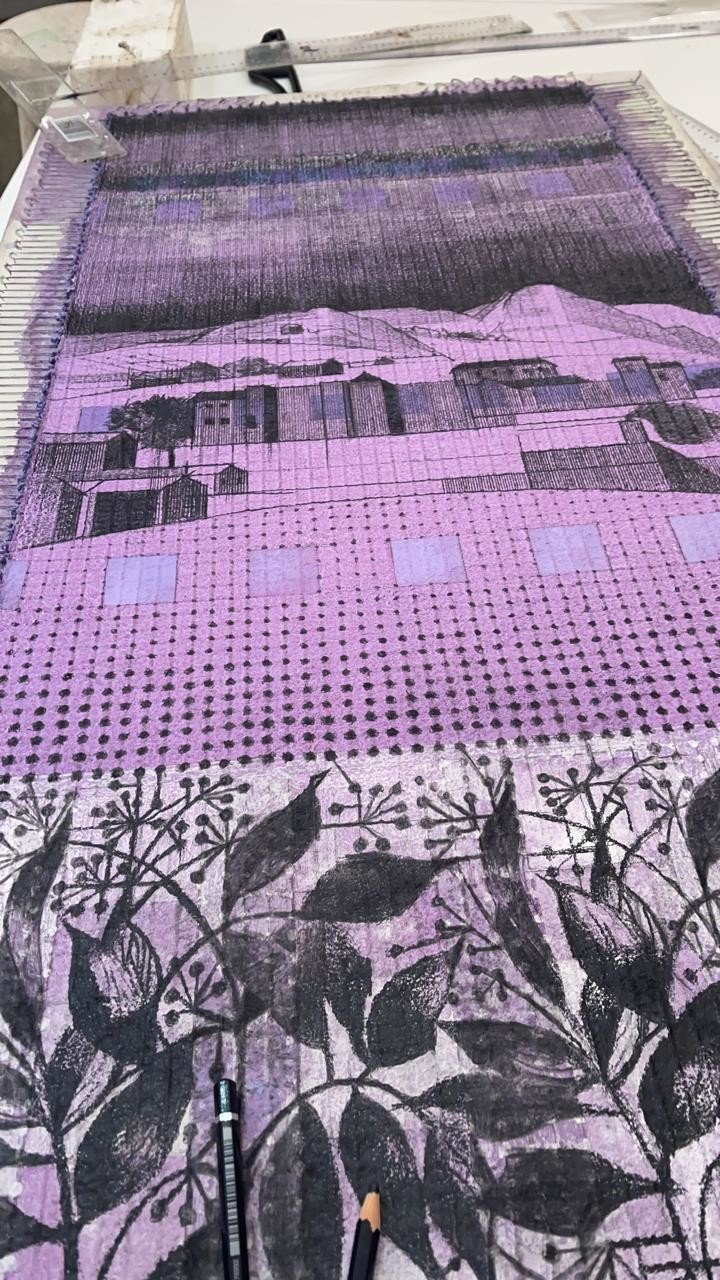
What is the importance of making the works by hand? Why do it all from scratch?
It's the influence of these traditions and then also my own love of crafts. I value the process a lot and the meaning that it holds.
What comes first when making these artworks? Is it the physical materials or do you begin with a rough concept which you want to work towards?
It's the concept. From there everything is planned quite extensively. I might experiment with the materials but the composition is very much still in the modernist vein.
'The works hold a simple beauty but underneath the surface lies an unease with man-made structures looming in either the background or foreground, the message is subtle and unfolds slowly as you are absorbed into the carefully balanced colours of Ballen's works.'
When mixing colours and inks, are you trying to emulate specific colours used historically, as in your previous exhibition at David Krut De Divitiis, or are you creating your own colours?
Well the title of the exhibition is Ex Terra Etcetera which means what comes out of the earth and so all of the colours you see are derived from plants which were used in dying textiles in the past. I have made dyes but for this exhibition I used Windsor Newton watercolours and oils which matched these colours as the dyes don't last well on paper. Each piece references a different plant, so take Logwood Legend that's based on a Logwood tree which you boil and then it makes this beautiful purple colour.
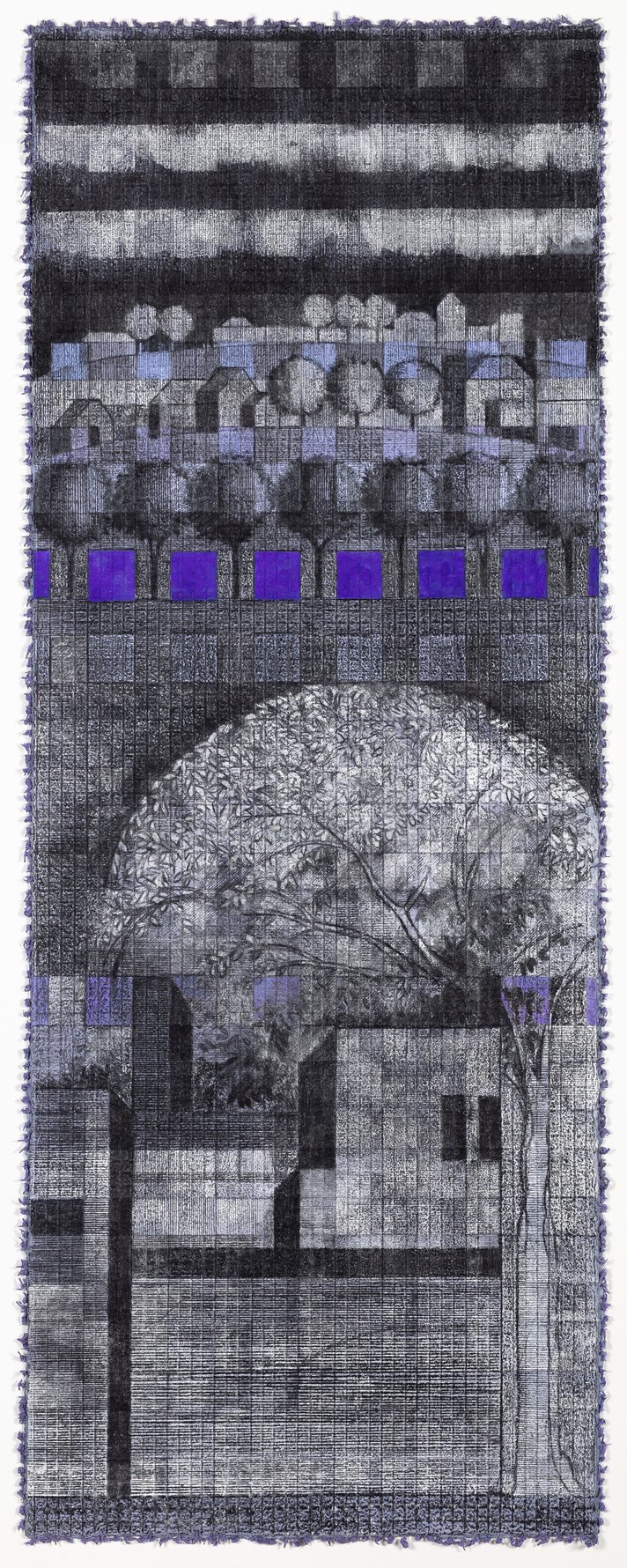
Industrial and urban buildings loom in the background of many of the works for Ex Terra Etcetera. While previous shows did feature the impact of people on the environment, in particular Concerning Preciousness – with the land is eroded, the trees logged and the water contaminated – they still focused on the natural world. Why do you think the man-made world became more prominent in these works?
The one reason is that my father was an architect but then the building of Roger's Inside Out Centre for the Arts meant that I was exposed to the whole building process and that got me thinking about the encroachment of man-made structures and industry on the earth. Something which always comes with both positives and negatives.
Concerning preciousness was your first solo show in 20 years. What prompted you to return to regularly exhibiting?
Actually having time! Twins and teaching sums it up.
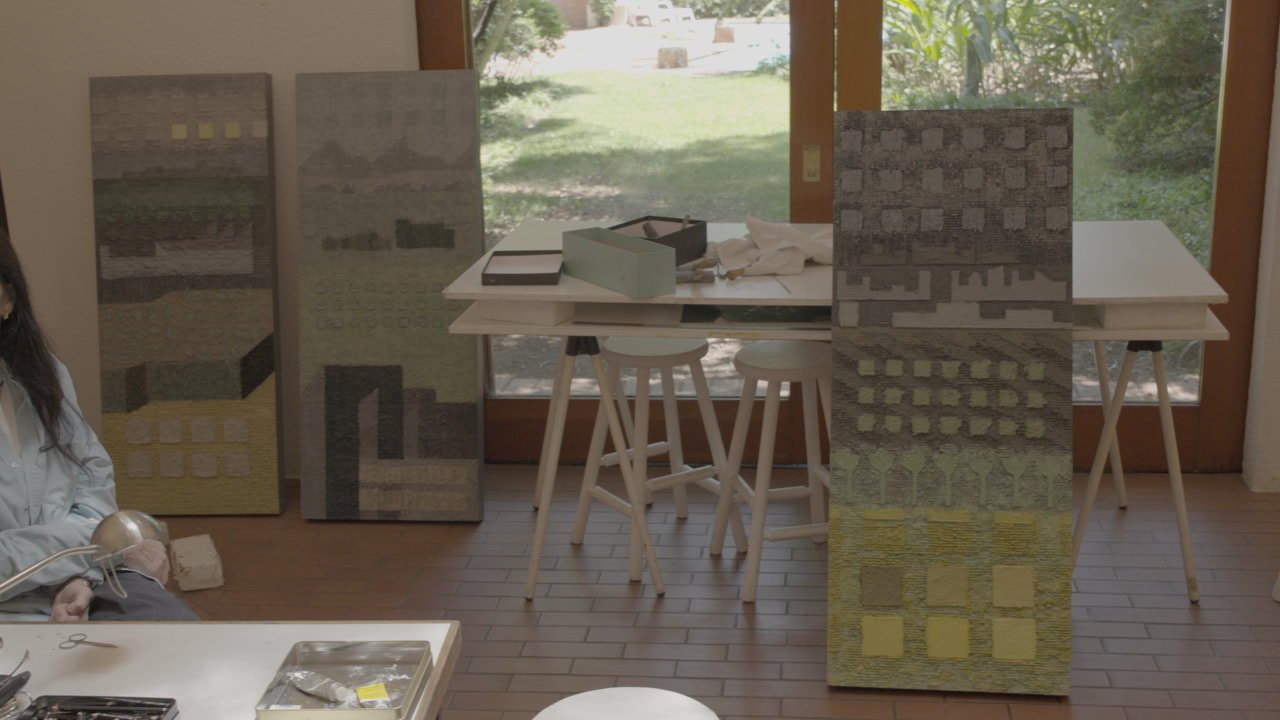
Have you changed or adapted any techniques as a result of your interactions with the David Krut team?
I have. The biggest thing with working with David Krut as opposed to another art gallery is that there's a constant engagement with the process of art making and the focus is as much on this as the end product. It's always refreshing working with them as a result of this skills exchange.
How has the art scene in Johannesburg changed in your time as an artist?
Works take longer to sell. It's very expensive to exhibit so if people aren't buying it makes it very difficult to put on a show. Hopefully this will change and galleries have to maybe change how they work as it's a big barrier for younger artists.
Head to David Krut Project's Blue House on Jan Smuts to see Ex Terra Etcetera for yourself.



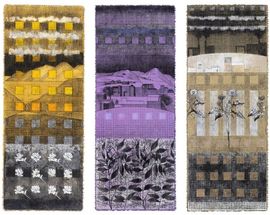
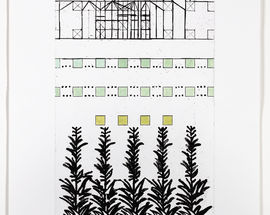


Comments